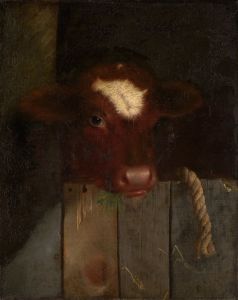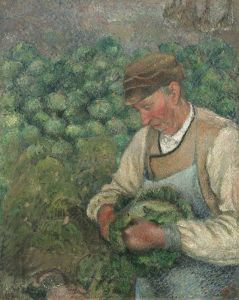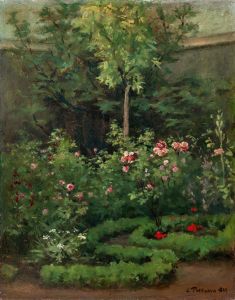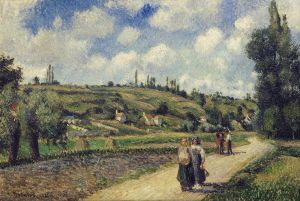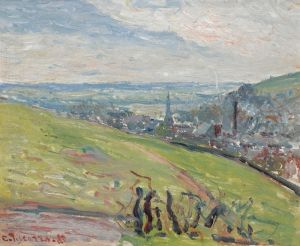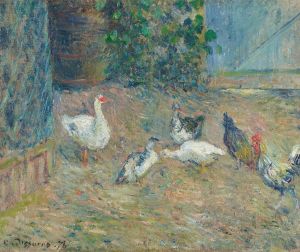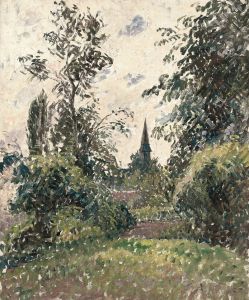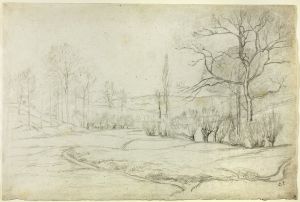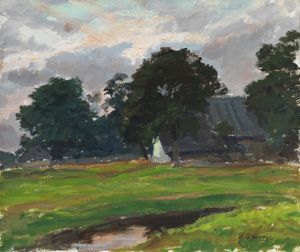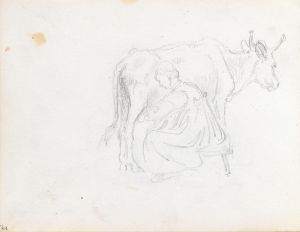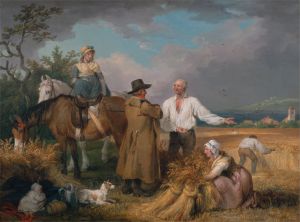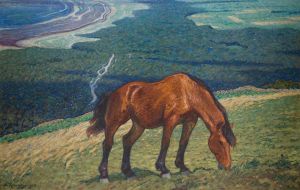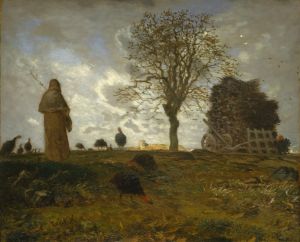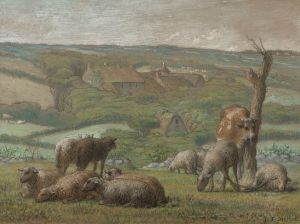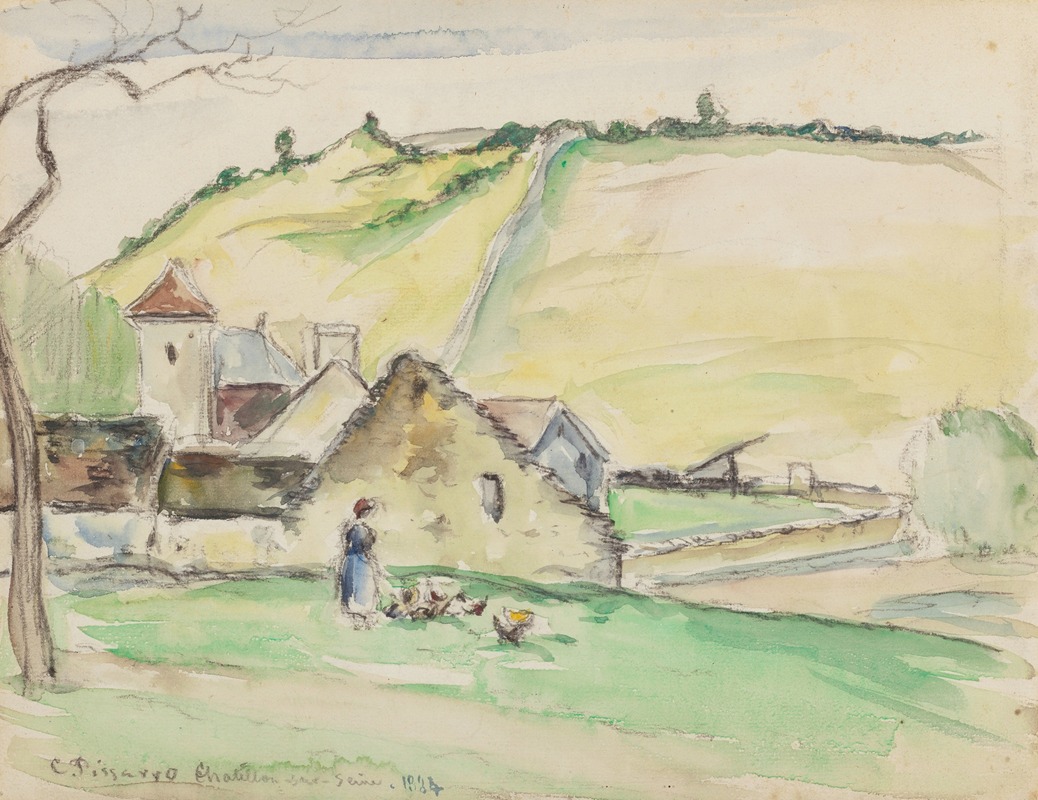
La ferme à Châtillon-sur-Seine
A hand-painted replica of Camille Pissarro’s masterpiece La ferme à Châtillon-sur-Seine, meticulously crafted by professional artists to capture the true essence of the original. Each piece is created with museum-quality canvas and rare mineral pigments, carefully painted by experienced artists with delicate brushstrokes and rich, layered colors to perfectly recreate the texture of the original artwork. Unlike machine-printed reproductions, this hand-painted version brings the painting to life, infused with the artist’s emotions and skill in every stroke. Whether for personal collection or home decoration, it instantly elevates the artistic atmosphere of any space.
Camille Pissarro's painting "La ferme à Châtillon-sur-Seine" is a notable work by the renowned Danish-French Impressionist and Neo-Impressionist painter. Pissarro, born on July 10, 1830, in the Danish West Indies, was a pivotal figure in the Impressionist movement, known for his landscapes and rural scenes that captured the essence of the French countryside.
"La ferme à Châtillon-sur-Seine" exemplifies Pissarro's dedication to portraying rural life with authenticity and sensitivity. Although specific details about this particular painting are scarce, it is consistent with Pissarro's broader oeuvre, which often depicted farms, fields, and rural communities. His work is characterized by a keen observation of nature and a commitment to capturing the effects of light and atmosphere.
Pissarro's technique involved the use of loose brushwork and a vibrant color palette, which were hallmarks of the Impressionist style. He often painted en plein air, or outdoors, to better capture the natural light and its changing qualities throughout the day. This approach allowed him to convey the transient beauty of the landscape and the subtle shifts in color and shadow.
The setting of Châtillon-sur-Seine, a commune in the Côte-d'Or department in eastern France, provided Pissarro with a picturesque backdrop for his exploration of rural themes. The region's rolling hills, agricultural fields, and traditional farmhouses would have offered ample inspiration for the artist, aligning with his interest in depicting the simplicity and tranquility of country life.
Pissarro's work during this period often reflected his anarchist beliefs, emphasizing the dignity and resilience of rural workers. His paintings frequently highlighted the harmonious relationship between humans and nature, a theme that resonated with his political and social ideals. By focusing on everyday scenes and ordinary people, Pissarro sought to elevate the status of rural life and challenge the conventions of the art world at the time.
Throughout his career, Pissarro was a mentor and collaborator to many other Impressionist artists, including Claude Monet, Edgar Degas, and Paul Cézanne. His influence extended beyond his own paintings, as he played a crucial role in organizing the first Impressionist exhibition in 1874. Pissarro's commitment to the movement and his willingness to experiment with new techniques and styles made him a central figure in the development of modern art.
"La ferme à Châtillon-sur-Seine" is a testament to Pissarro's enduring legacy as a master of landscape painting and a pioneer of the Impressionist movement. While specific details about the painting's creation and provenance may be limited, its existence within Pissarro's body of work underscores his dedication to capturing the beauty and simplicity of rural life. Through his art, Pissarro offered viewers a glimpse into the serene and unpretentious world of the French countryside, a vision that continues to resonate with audiences today.





